In 1927 Ludwig Mies van der Rohe together with his professional and personal partner, architect and designer Lilly Reich, was commissioned by the Association of German Silk manufacturers to create a stand for the German Silk industry in the context of the exhibition “Die Mode der Dame“ (Women’s Fashion). The result is the ‘Café Samt & Seide’ (Velvet and Silk Cafe) in Berlin, an exhibition stand which also worked as a café at the end of the main hall.
Mies had already started to work for two members of the association, Hermann Lange and Josef Esters to design their private houses, the Lange House and the Esters House, and he was the first choice to represent through design a group of open-minded entrepreneurs like those involved in the silk industry at that time.

In Mies and Reich’s project the exhibited elements become the ones which also defines space. The architects developed the project as a continuos space organized only by means of hanging silks and velvets of different colors (velvets were in black, orange and red and silks in gold, silver and yellow) placed at different heights. The 300 sq metres stand , which in plan appears like an abstract composition, was punctuated only by Mies cantilever chairs (MR Chairs) as furnitures.
The tissues hang from straights and curved steel pipes in a sequence which is very dissolved in the space. The lines densify around the centre on the right, almost composing a small cluster of rooms which then open up again in the exhibition hall.
The alternance of open curbed and straight lines in space somehow recalls the floorplan of Villa Tugendhat which Mies was developing in the same period.





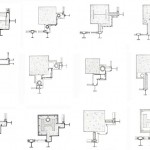
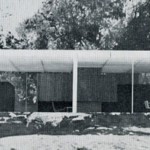
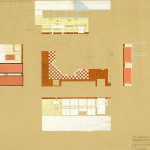
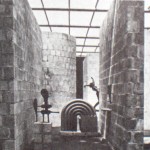
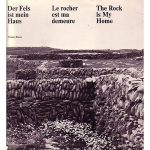
[…] Bauhaus által propagált összművészeti szemlélet, de voltak konkrét referenciapontok is (pl. Mies van der Rohe és Lilly Reich 1927-es Café Samt und Seide pavilonja). A Gesamtkunstwerk-jelleg kibontásában nagy segítség volt, hogy a CHB Orchestra rendszeres […]